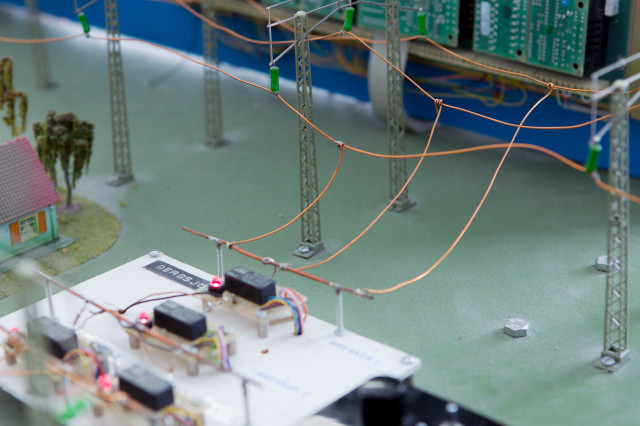Analogue electronics
- Amplifiers and amplifier parameters: basic gain, linearity, input/output impedance, cut-off frequencies, sensitivity, noise.
- Semiconductor components: diode and transistor - characteristics and circuit models.
- Amplifier connections, design/analysis: biasing, common emitter step, large/small signal analysis, emitter follower (common-collector) step.
- Multi-transistor couplings: cascading, Darlington circuit, current mirrors.
- Frequency-dependent: Bode diagrams, breakpoints, cut-off frequencies, transistor capacitances and common-emitter step cut-off frequencies.
- Operational amplifiers (OP): ideal OP, OP circuits, structure, feedback, stability, oscillators.
- Circuit simulation and amplifier circuit design and measurements.
Digital Electronics
- Binary arithmetic, Boolean algebra and Boolean functions.
- Logical operations, gate logic.
- Basic CMOS technology.
- Combinatorial function blocks and construction of combinatorial circuits. Latches and flip-flops
- Counters, synchronous sequential circuits, Mealy type and Moore type state machines.
